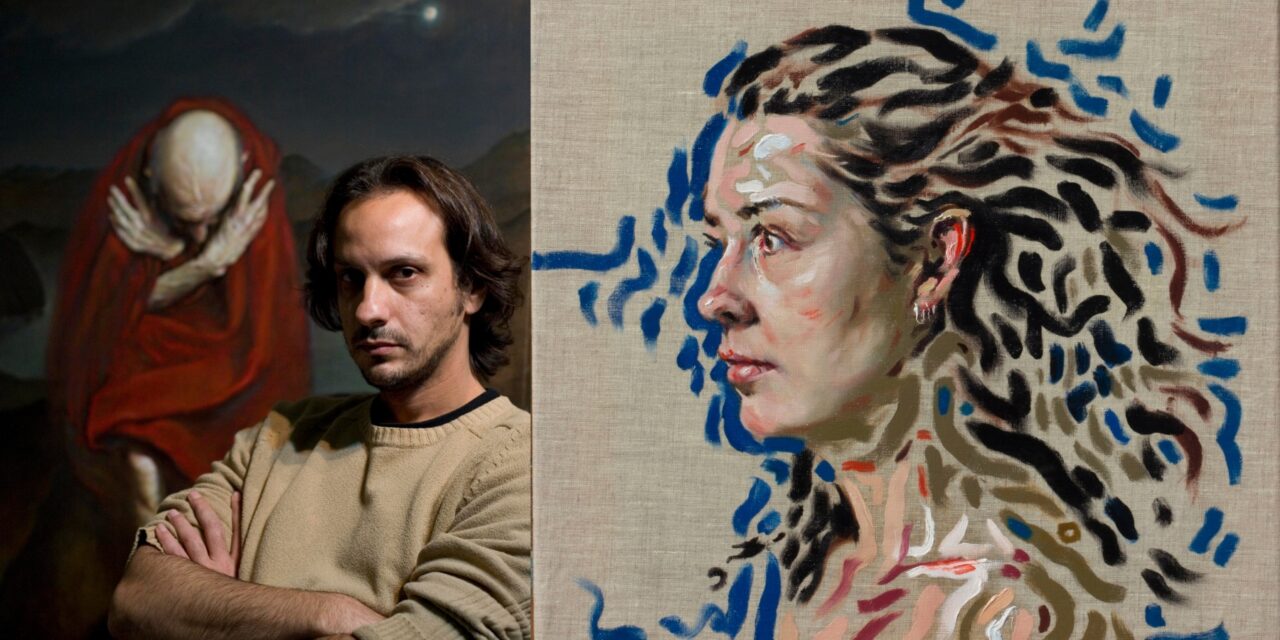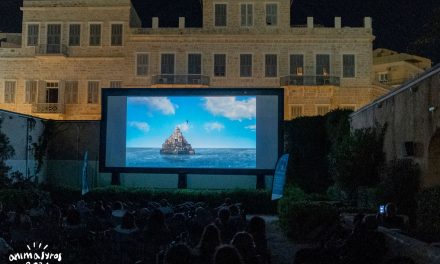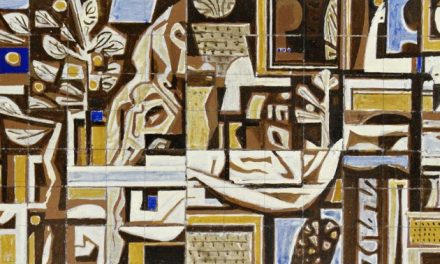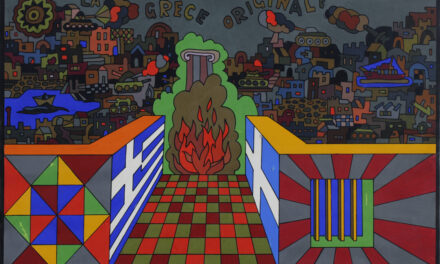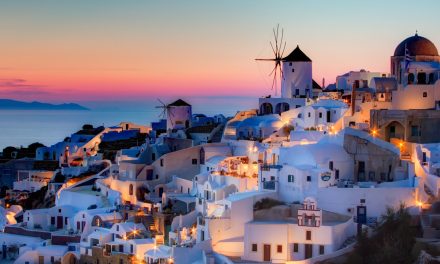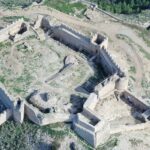Symbols, allegories, archetypical references, reflections, mythological narratives and inner thoughts come together on Adrianos’ canvases. In his sixth solo exhibition at Contemporary Athens gallery, Adrianos presents an overview of his work, combining surreal and classical elements. Elusive places and unidentified times leave room for various interpretations while anthropocentric compositions, awash in light and color, allude to various philosophical theories.

Adrianos was born in Athens, in 1977. He studied Painting at the Athens School of Fine Arts under Dimitris Mytaras and Zacharias Arvanitis. After graduating with honors, he pursued a second degree in Sculpture. He is a PhD candidate at the Athens School of Fine Arts. In 2011 he was awarded a distinction for his work Instict at the 4th Beijing Biennale and in 2012 he was selected to participate in the London Art Olympiad where he was awarded a gold medal. Since 2019 he has been teaching “Basic principles of color” at the University of West Attica. So far he has held 7 solo exhibitions and participated in more than 70 group exhibitions. His works are found in many private collections and at the National Museum of China (Beijing).
Andrianos talked to Greek News Agenda* about his current exhibition, his philosophical references, thoughts and personal quests.

The title of your exhibition refers to Kant’s transcendental idealism through the concept of the “thing in itself”, which basically is what exists beyond our senses, therefore is inaccessible to human mind because of its inherent limitations. How is this concept reflected in your works?
Thank you very much for this beautiful introduction! “The thing in itself” is something that has been on my mind for a long time and I consider it a challenge for my painting. However, this exhibition is rather focused on the “will” as defined by Schopenhauer, the evolution of “the thing in itself”. I would say that the “will” has more to do with the erotic aspect while “the thing in itself” is more holistic. In Time Capsules I experiment with the concepts of space and time on the painting surface. After all, Kant talked about space and time long before the general theory of relativity. In Reflections I am interested in the fact that a mirror can completely fool our senses. Two worlds, one real and the other non-existent, that is the reflection. This idea will be presented as a whole in an upcoming exhibition.
In your works the existential concern of man is obvious. Would you like to tell us about the symbols and allegories you use to express it?
I am interested in birth, death, love and the reproduction of man. I am using skeletons, snakes, earth cracks, hourglasses…That’s one aspect of the thing-in-itself. I add symbols in my works unconsciously, without thinking too much.
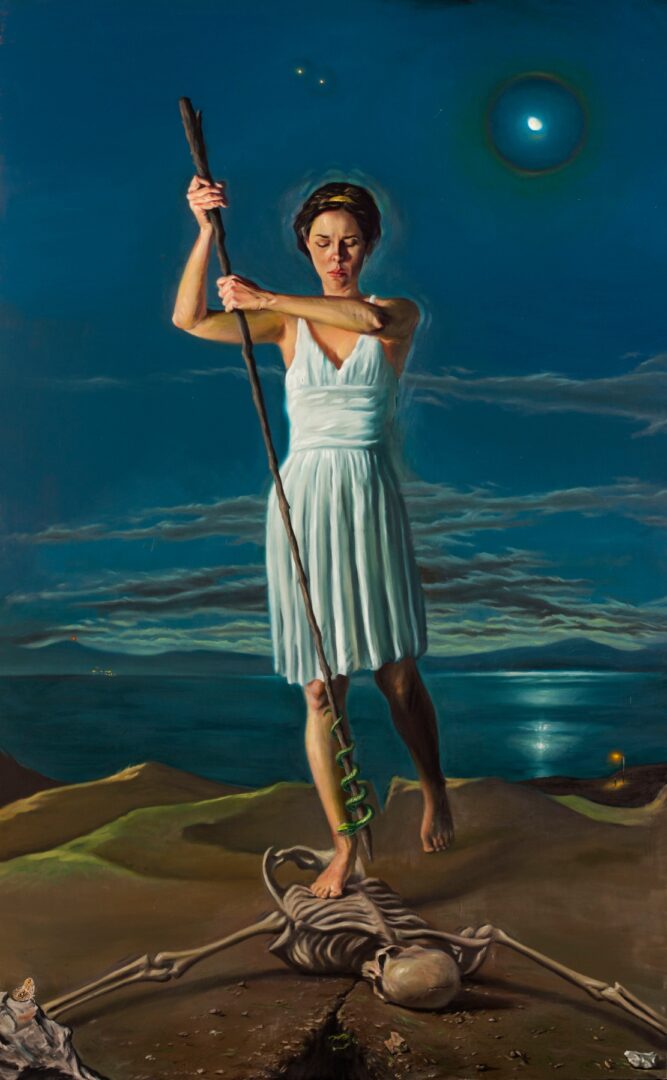
The use of mirrors plays a central role in your works. So, if we assume that on one side there is reality as we perceive it, what is on the other side?
That’s a very interesting question. What you pointed out is exactly my point. What is on the other side? I am thinking that if we can be fooled so easily by a mirror, then how little we can see on the other side of the mirror. Let us consider the simple fact that what the light allows us to we see is essentially that the objects pushed away, what they did not want. It seems that the light, also scientifically speaking, is like dusty air passing over things. We never see the essence of things, “the thing in itself”.

Many of your works focus on the naked female body. What are your references and what do you want to highlight through this?
Throughout antiquity and then again in Renaissance, man is depicted naked. The naked man is an archetype; it was fought several times in history especially in the Middle Ages, even in Renaissance. It symbolizes human virtues, natural beauty, the analogies of nature, strength and even melancholy. Clothes symbolize more everyday and pleasant things, social status, religious beliefs and other personal interests, quite far away from the idealism of painting.
The naked body reveals the true nature of man, free from social and cultural structures. On the basis of Heidegger’s interpretive circle of art, I would say that the nude is a tradition. Perhaps due to social constraints and social roles the female nude has prevailed. It symbolizes Beauty and Harmony while the male body symbolizes Strength and Virtue. Take for example, Aphrodite and Discobolus.
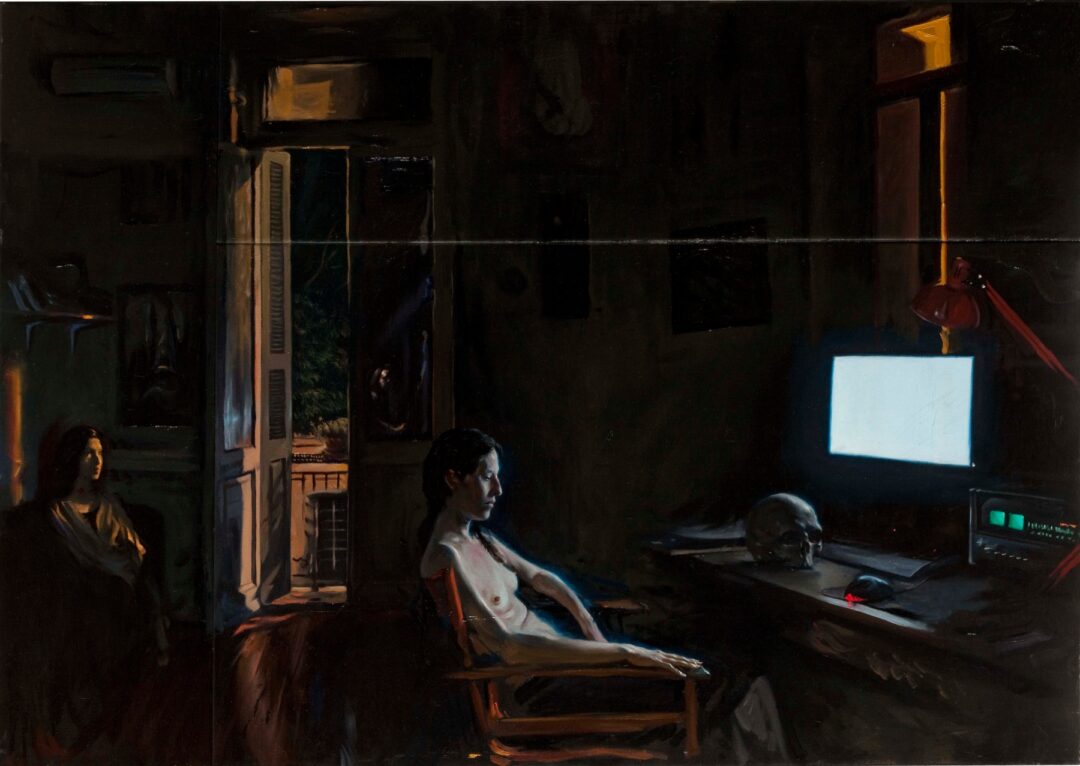
Light has a special place in your art, something we see in the works of Flemish painters such as Jan van Eyck or Hieronymus Bosch. What are your references in terms of style and subject matter?
In painting the shadow makes the light, while in nature light creates the shadows. Certainly most of all I have been marked by Flemish painting, the illusionist paintings of the Renaissance and Baroque, the art of Fayum portraits and the antiquity.
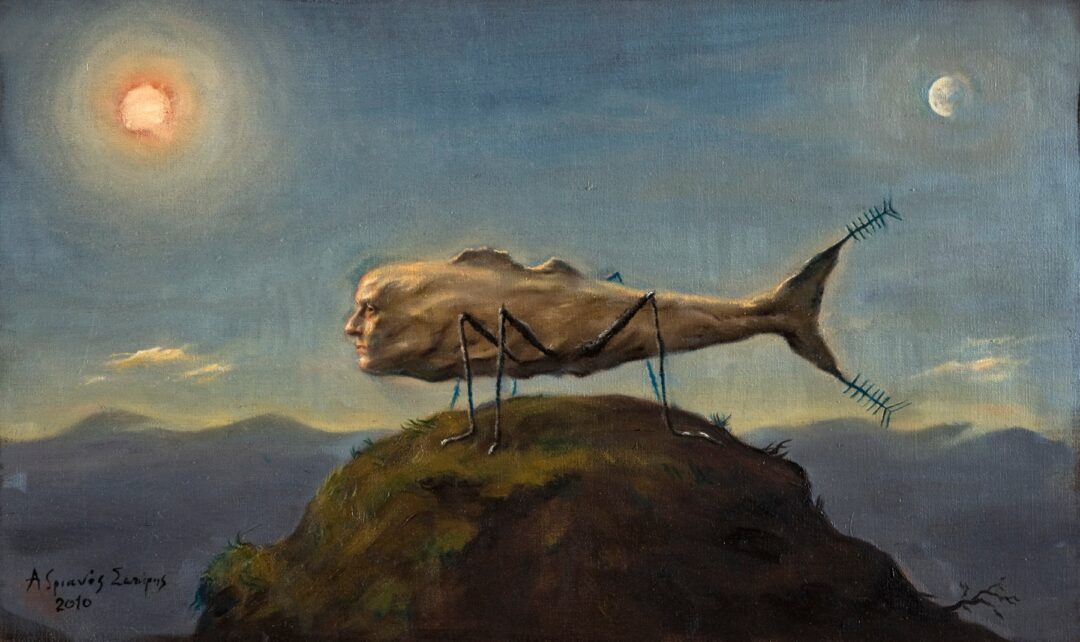
You have immersed yourself in both painting and sculpture. What do you consider to be their comparative advantages and which art do you find more appealing?
That’s a tricky question. Painting is a “cleaner” art. If you are careful, with your clean clothes, you come out unscathed, whereas with sculpture you get dirty as if you were working in construction, whether it is clay or plaster. Plato argued that sculpture is a greater art than painting because it has the advantage of being in three dimensions, whereas painting actually distorts reality.
I divide it into two parts, the aesthetic and the conceptual. I would say that in the aesthetic, both sculpture and painting can make a space beautiful (at least in the current aesthetics of our time). Painting however is closer to poetry. You can compose more picture-words in a work to describe a situation or create an impression.
I think that sculpture has a value in space, figuratively and literally. It has this simplicity. When I feel that some of my paintings have this dimention, both conceptually and aesthetically, such as my painting After Darwin in the exhibition, then I decide to make it into a sculpture.
*Interview by Dora Trogadi (Intro image: Profile of a Lady)
TAGS: ARTS

